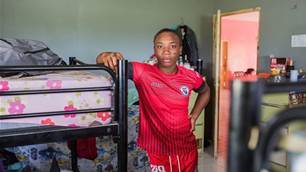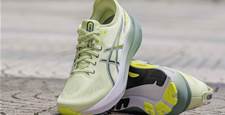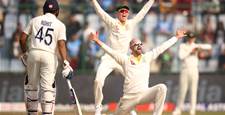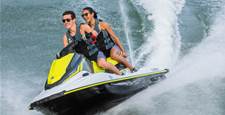The 25km open water swim is a distance event. And 24-year-old Brisbane phenomenon Brendan Capell just might make history repeat.
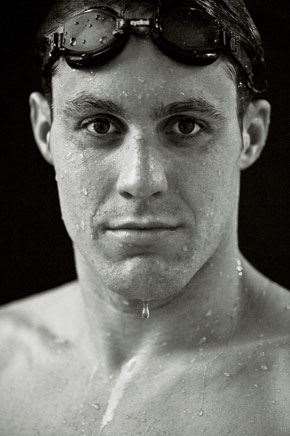 Brendan Capell Portrait. Images: Trent Mitchell
Brendan Capell Portrait. Images: Trent MitchellTAPERING OFF
“Marathon swimmers generally taper around a week out from an event. I drop my Ks and the intensity, but nothing compared to the pool guys. Our aerobic fitness is the most important part, and we have to keep that right up. So you can’t taper down too much or your body will get a shock when you push it in the race.”
VIEW FROM THE TOP
“Back in June we had three weeks’ training in Flagstaff, Arizona. There are six swimmers in my squad going to the Worlds this year, including Stephanie Rice and Kenrick Monk. ‘Bohley’ was good enough to take us over there; it’s 2300m above sea level, so it was my first time doing any kind of altitude training. It was very hard to do the sets up there, but I adapted pretty well, then came back and found I was flying in training. I know Michael Phelps was doing altitude work in Colorado at the same time, so our timing must have been good.”
RACE FACE
“People wonder how I can swim for five hours, but to be honest it goes pretty quick when you’re in the zone. You’ve always got to be concentrating – very aware of the other swimmers, always wondering if they’re going to take off, if you should let them go or go with them. You have to know their strengths and weaknesses. It’s a very tactical, strategic game. A lot of races come down to a flat-out sprint at the end – I lost the World Championships in 2005 by two seconds.
“It’s a lot like the peloton in the Tour de France – if you can drag behind the leaders as long as you can, that’s supposed to reduce your energy consumption by 30 per cent. You find a lot of the good guys just sit at the back of the pack for as long as they can. It’s about experience – some of the younger guys just want to take it out. It comes down to how you’re feeling: if you think you can break away, then you have to do it. Some swimmers like to get out the front and away from the mess in the middle, where you can get pretty fatigued if you’re fighting. If you’re just one or two swimmers off to the side of the leader – you’re getting the drag but getting clear water – that’s the optimum position.”
CHOWING DOWN
“I carbo load on Gatorade, Body Science Ecoade and Endura before I race, plus I use concentrated carbohydrate gels. During a race I feed every 15 minutes; if it’s a ten-lap, 2.5km course you normally have jetties positioned at each end and you take food there. You have a handler on the jetty who has a feeding stick – it’s a long extension pole with a cup on the end. You either drink from
it or eat something. I normally have a little bit of banana or apricot bar or lollies to keep the sugar up. Then you use caffeine towards the end of the race as a pick-me-up, like a Red Bull. “You grab the food out of the cup, do a stroke of backstroke to get it in your mouth, then turn over and keep on swimming while you chew.”
SUITING UP
“Because we’re governed by FINA, it’s the same rules as the pool guys, so no wetsuits are allowed. I wear the new Blue Seventy suit. I think it’s better than the Speedo suit for open water swimming. I definitely feel a bit more buoyant – I don’t mind whether they allow them or not, just so long as it’s a level playing field. It definitely keeps you warmer – last year I did two cold water races in Canada, and the temperature got down to 12 or 14 degrees. It almost acts as a semi-wetsuit. It definitely keeps you warmer and more buoyant.”
Related Articles
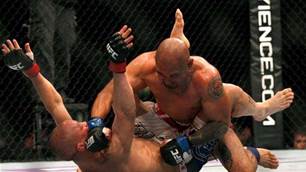
The 15 most brutal MMA photos ever taken

The 15 most brutal MMA photos ever taken
